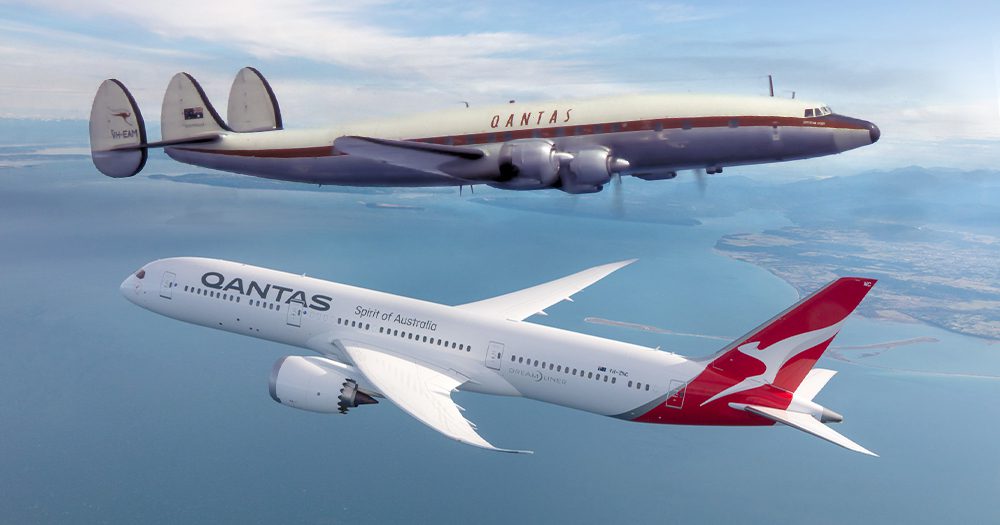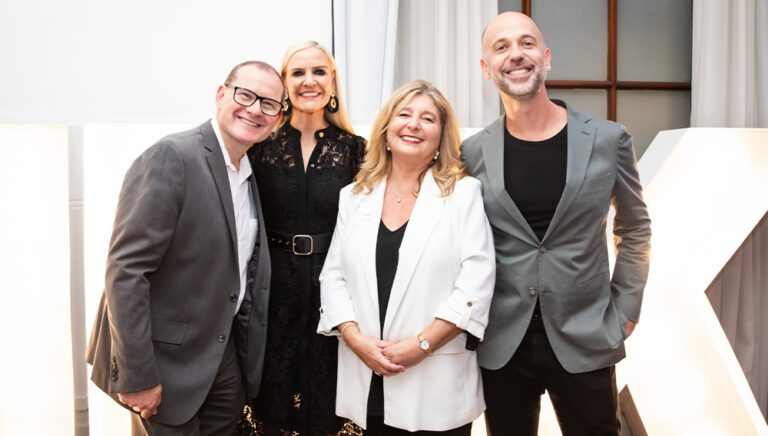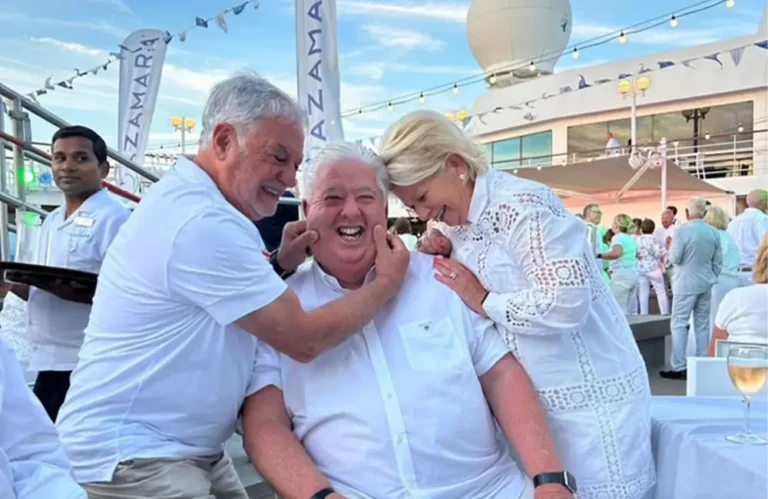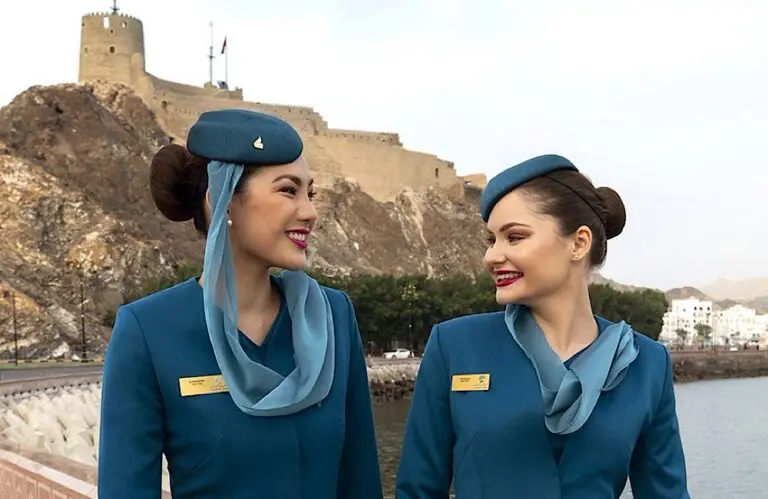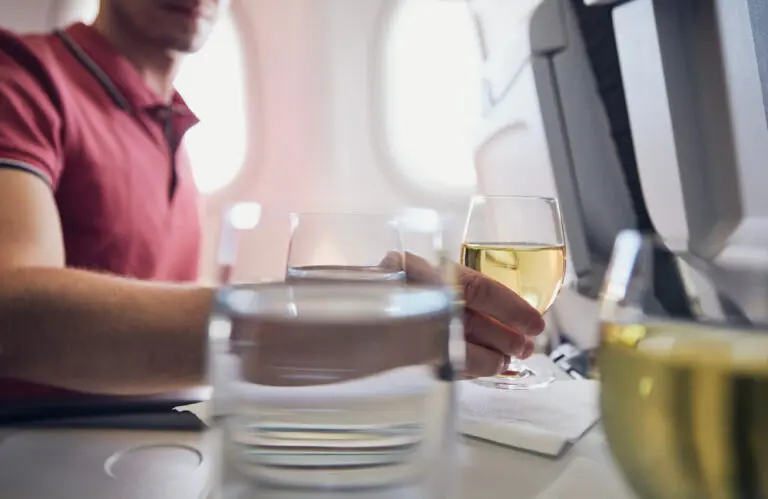Today marks 100 years since Queensland and Northern Territory Aerial Services (QANTAS) was founded in the Aussie outback. It’s an incredible story and one that today begins a new chapter of the journey onward into the next 100 years.
It was on 16 November 1920, that two veterans of the Australian Flying Corps, Hudson Fysh and Paul McGinness, together with local grazier Fergus McMaster, founded what would later become the national carrier.
This happened remarkably just 17 years after the first powered flight by the Wright Brothers, two years after the end of World War One and at the tail end of the last major global pandemic, the Spanish Flu.
As an ode to the airline’s centenary, Qantas Group CEO Alan Joyce has penned his own tribute to mark what a most incredible aviation legacy to date.
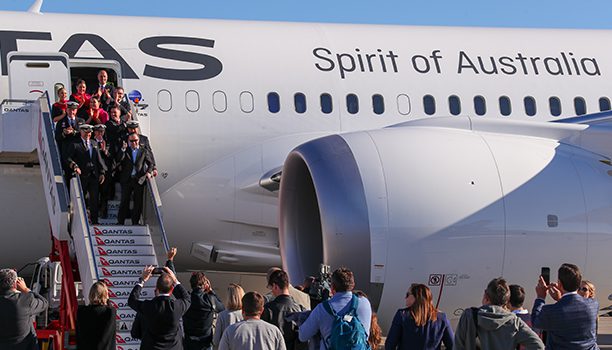
Here’s his tribute in full.
“Today, we mark the 100th anniversary of Qantas.
“For me, there are a few simple facts that sum up why this airline has endured and what it means to Australia.
“Anyone who thinks the success of Qantas was a forgone conclusion need only consider its humble origins. It was started by two recently-returned WW1 pilots and a local grazier in outback Queensland using what was still a new form of transport, on the tail end of the last global pandemic, in 1920.
“The level of promise was such that some of the first shareholders referred to their investment as “a donation”.
“One of the founders, Hudson Fysh, would later reflect on the airline’s rocky start: “I realise now the absolute force and determination that were behind our all-out effort to survive,” he wrote.
“A solid dose of pragmatism certainly helped. Early board meetings of Qantas were held at the local tailor’s shop in the outback town of Longreach. Why? Because it had the longest table.
“It’s a small detail. But that’s the can-do attitude that defined how Qantas approached much bigger challenges in the years ahead.
“There was the shift from domestic to overseas flying in the 1930s. The famous ‘Double Sunrise’ flights in the 1940s to maintain the air link with Britain after the fall of Singapore, which flew in radio silence over hostile waters for so long, they saw the sunrise twice.
“The shift to government ownership, because of its strategic importance, by the 1950s. The start of the jet era in the 1960s, which coincided with waves of migration that helped shape modern Australia. Privatisation in the 1990s. Creating Jetstar in the 2000s.
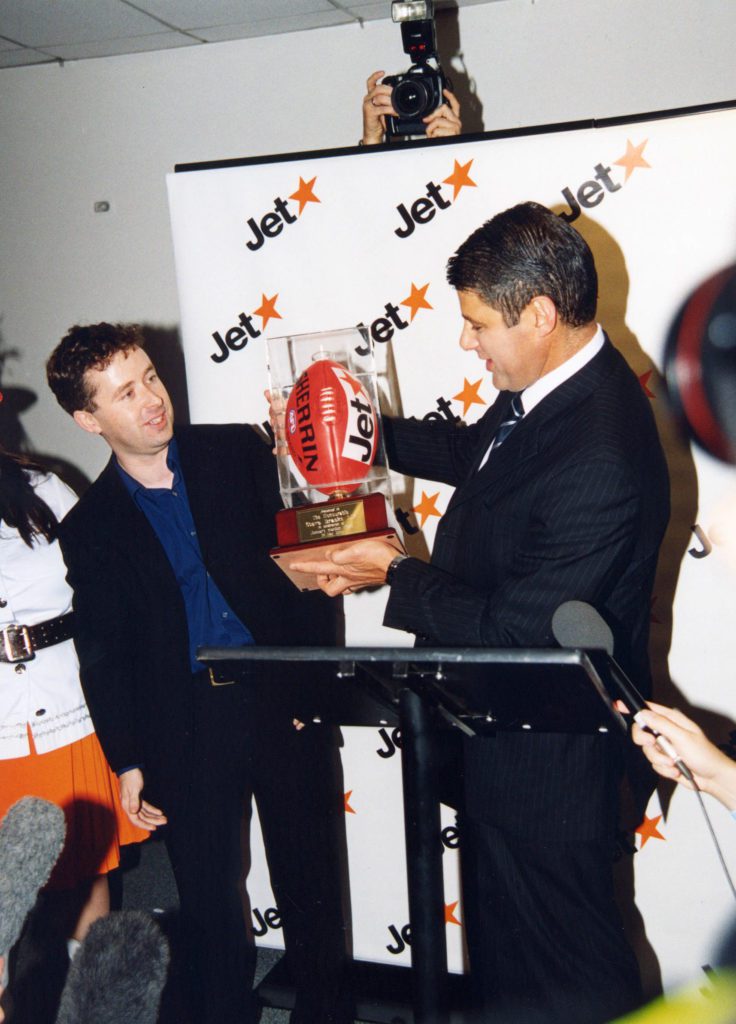
“If you knew nothing else about Qantas, this story would be enough: in 1974, after Cyclone Tracy devastated Darwin, we set a record for the number of people carried on a 747 (674 to be precise) in an effort to evacuate the city as quickly as possible.
“Forty years later, when we marked the anniversary of that mission, two local Qantas workers helped unveil a plaque. Both of them had been children on that flight.
“Flying to help Australians in trouble is a core part of our identity as the national carrier. This year alone, we’ve operated over 100 repatriation flights for the Federal Government to bring people home from COVID hotspots. All flown by crew who volunteered.
“Distance has always defined Australia. Between our cities and regional towns, and from the rest of the world. Qantas prided itself on closing that gap. Before COVID interrupted, we were working on non-stop flights from the east coast to New York and London – the last frontier of global aviation.
“For most of this year, it’s the distance between Melbourne and Sydney (or any of our capitals) that has been the challenge. Hard state borders for the first time in, coincidently enough, about 100 years.
“Now, as Australia opens up, we’re ready to fly again. And when people see the familiar kangaroo on the tail, it has another bit of history behind it.”
Alan Joyce, Qantas Group CEO

